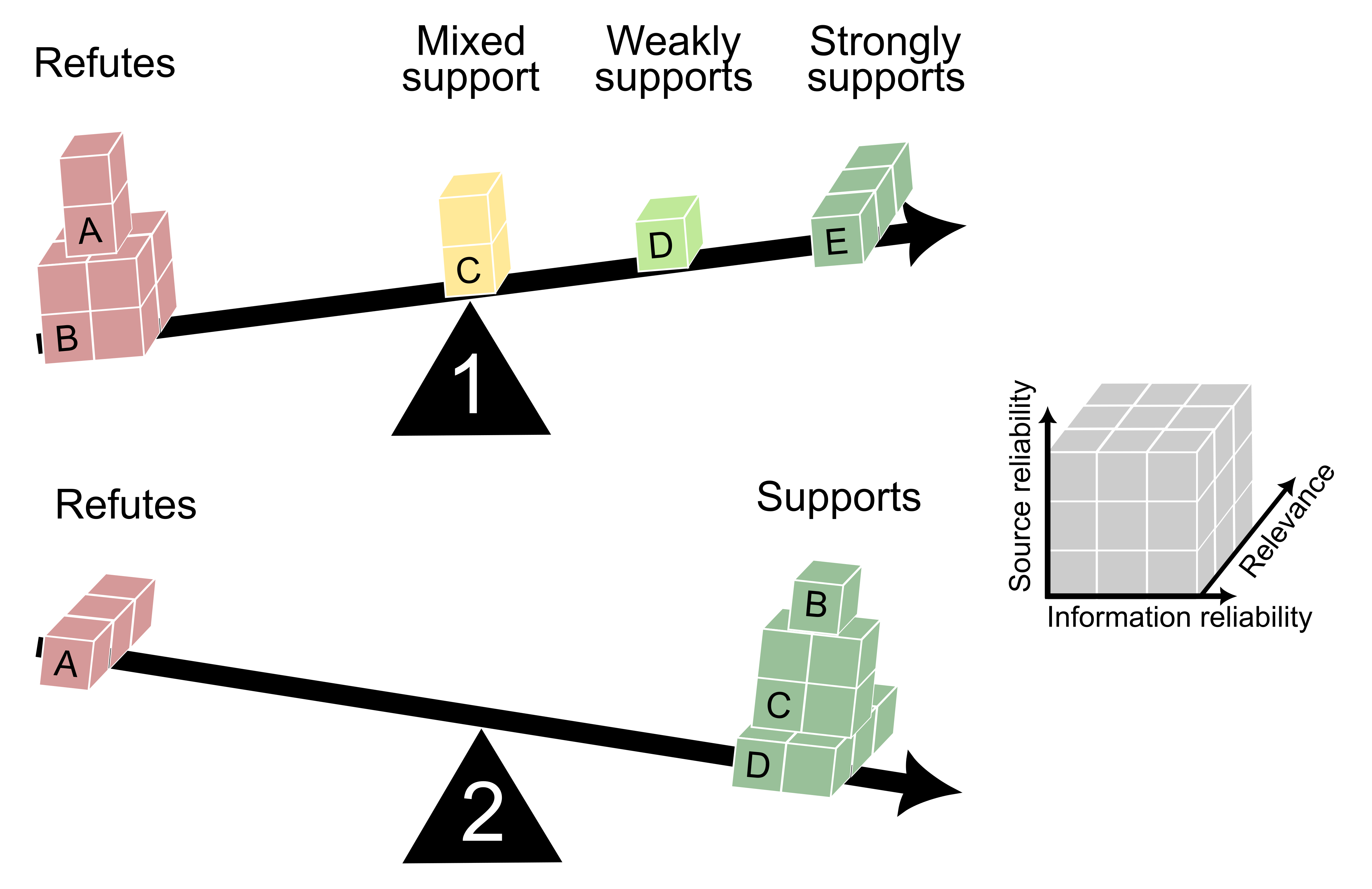
Downing Fellow presents evidence assessment model to improve conservation decision-making
Dr Alec Christie, Henslow Research Fellow, has published a new paper which presents the Balance Evidence Assessment Model (BEAM).
The BEAM provides an intuitive way of weighing evidence and working out how much it can be trusted - but crucially it does not discriminate against any form of knowledge, each piece of evidence can weigh highly, and stands alone in its own right.
This is a hotly debated area given the past approaches to evidence-based conservation have tended to undervalue or ignore local knowledge. The BEAM also emphasises that those assessing evidence should be representative of the evidence sources being assessed to ensure they are properly evaluated.
The method directly tackles the question of how to bring together diverse evidence whilst assessing its relevance, reliability, and support for a given assumption. The BEAM is visualised as a see-saw on which blocks of evidence are placed, each representing the weight of that piece of evidence based on three factors: the information reliability, source reliability, and relevance. An online app tool has been made to allow people to do this more easily.

The BEAM helps people understand how confident they should be that the assumptions underpinning a project are valid. The method could be applied to existing decision-making frameworks, for example, in structured decision-making processes and even global assessments by the Intergovernmental Panel on Biodiversity and Ecosystem Services Assessments (IPBES).
The hope is that this method can encourage better use of diverse evidence to inform decisions. By better using evidence to inform decisions, it can be ensured that more is done of what works (and less of what doesn't) to save biodiversity.
“With limited time and resources to save biodiversity, we urgently need to better use evidence to inform conservation action. This paper presents an intuitive method to help projects better use diverse evidence to inform their strategic planning and decision-making," said Dr Christie.
"There’s often a lot of talk about the importance of weaving diverse forms of knowledge in conservation to make decisions, but few pragmatic ways to do this. This method provides a possible way forward to bring together global scientific literature and local forms of knowledge (e.g., experience and wisdom) to ensure projects are designed effectively to maximise the chances that they succeed in their conservation goals.”
The paper was published by The Society for Conservation Biology and can be read online.
Published 20 October 2023
